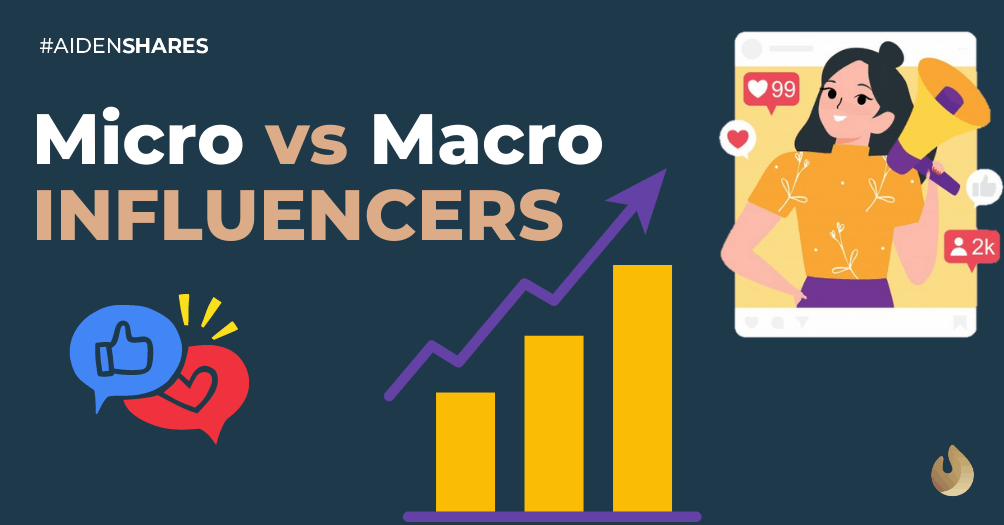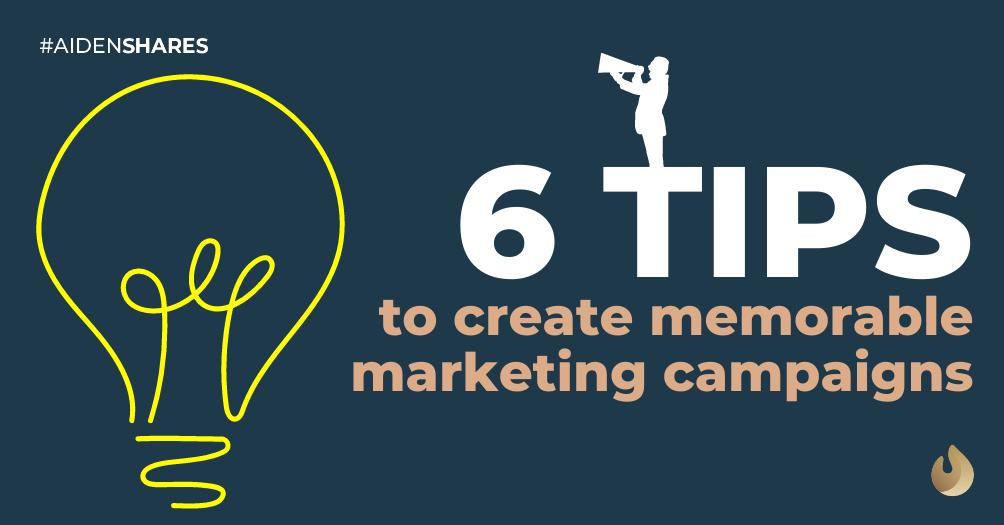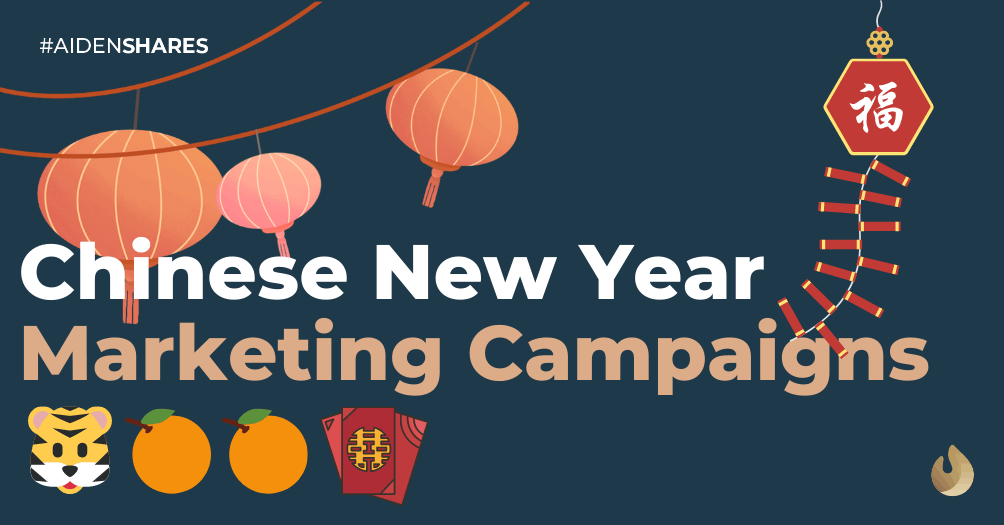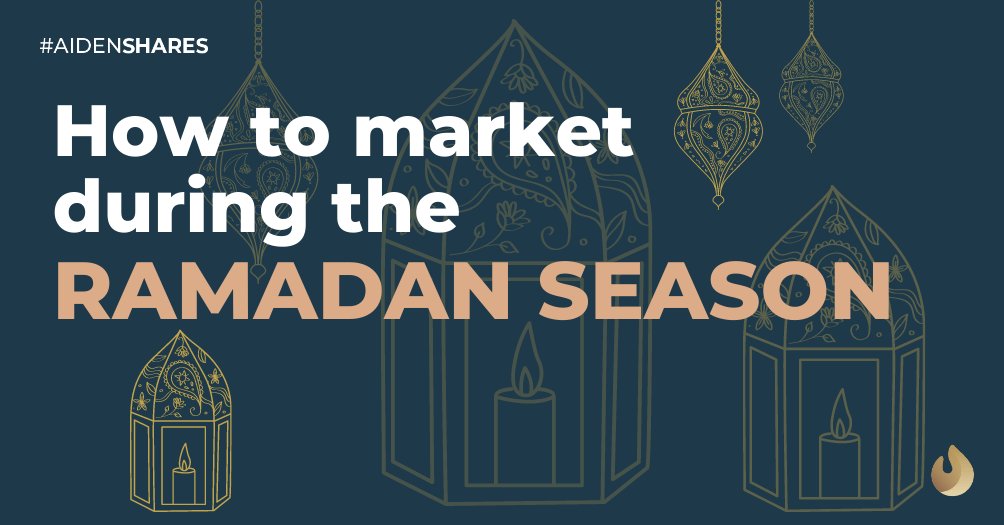Micro-Influencers vs Macro-Influencers 101 🤳

Brands, be it small-medium enterprises or multinational companies, can benefit from the assistance of social media influencers in their social media marketing efforts. A 2020 survey by Rakuten Insight showed that, increasingly, Singaporeans’ purchasing choices are affected by influencers’ endorsements. Approximately 51% of survey respondents acknowledged that they purchased a product because an influencer endorsed it.
However, the scope of the term ‘influencer’ has grown tremendously over the years. It now comprises micro and macro-influencers. Here, we explain the significance of each.
What are micro-influencers and macro-influencers? 👩🎤
We already know that influencers are people with a huge fan base on social media mainly due to their personality, expertise or knowledge on certain topics. They are categorised based on their follower numbers which range from 1000 followers to millions. A very common categorisation is between micro and macro-influencers.
Micro-influencers generally have followers in the 10,000 to 100,000 range. And as the term “macro” suggests, macro-influencers have about 100,000 to 1,000,000 followers. We also have nano and mega-influencers beyond these categories.
The micro-influencers vs macro-influencers comparison 👩⚖️
The primary difference between micro and macro-influencers are their follower counts. Does this necessarily mean that hiring a macro-influencer is the better choice for your brand’s social media campaign just because they have a bigger fan following?
Diving deeper, however, it’s not that simple.
Reach
We already established that macro-influencers have a massive following. Brands that work with them can expect the sponsored post or campaign to have a wider reach than collaboration with micro-influencers.
The large following means that a single post from a macro-influencer could do wonders for your brand awareness. It can reach many more people than a micro-influencer solely based on the followers they have.
It’s pretty straightforward. A wider ‘reach’ means that more people are likely to see the post. Therefore, if you want your brand to be exposed to a broader audience, macro-influencers may be the perfect ones for you.
Engagement
In social media language, engagement refers to the number of people interacting with a specific post, such as the number of likes, comments on it and any other actions taken concerning it. So, does the vast reach from macro-influencers also guarantee a higher engagement rate?
No! It does not.
You’d be surprised to find out that micro-influencers offer a much better engagement rate. A recent report indicates that the larger an influencer’s following, the lower the engagement rate of their posts. More people see the post but not as many people take action. This pattern holds across Instagram, YouTube, and TikTok.
If you think about it, the macro-influencers, sometimes also comparable to celebrities, can reach more people, but they only manage to scratch the surface when interacting with their followers.
Meanwhile, micro-influencers get higher engagement from their followers because they are the perfect mix of an influencer and best friend. Followers of a micro-influencer feel a deeper connection due to the consistent engagement they have with their smaller community.
Cost
The affordability of hiring an influencer mostly depends on the number of followers they have. The rule of thumb among influencers is that they charge USD 100 per 10,000 followers. Hence, it costs more to hire a macro rather than a micro-influencer.
For instance, according to Influencer Marketing Hub, a single Instagram post by a macro-influencer can set you back $1,000-$10,000. In contrast, a brand collaborating with a micro-influencer can spend less than $1,000 per sponsored post.
Relevancy to a target audience
As we mentioned, influencers attract a following due to their personality, expertise or knowledge on specific topics. Before your favourite influencers become macro-influencers, they gain followers or subscribers by creating highly relatable content specifically catered to their particular audience.
Hence, collaborating with micro-influencers may work better for your brand if you wish to target a particular demographic with specificity.
Authenticity
So, you see two different posts recommending two fried rice hawkers in your area. One was made by your close friend, and the other by an influencer with a staggering 281,000 followers. Which hawker stall are you interested in trying—the one recommended by your close friend or the influencer?
Chances are, most would try the one recommended by their close friend.
The reason? Human nature!
A word-of-mouth recommendation from a trusted friend often carries more weight than a distant influencer. That happens because you have an authentic connection with your close friend and know them on a personal level, and trust the quality of their opinion or product.
The same applies to the authenticity of a post made by micro-influencers over one made by macro-influencers.
Micro-influencers are more likely to develop genuine relationships with their followers through their content. Their content is relatable and tends to generate engagement, not just reach.
In contrast, macro-influencers may take a more mass-market approach and could come across as less personalised or authentic.
The key takeaways 💯
In sum, whether micro-influencers or macro-influencers are more effective depends on your needs and goals.
- Micro-influencers have 10,000-100,000 followers/subscribers
- Macro-influencers have about 100,000-1 million followers/subscribers
- If you want more brand awareness and recognition, your brand should engage with macro-influencers
- If you want a cost-effective campaign that generates engagement and carries more value to your target audience, micro-influencers may be a better option






